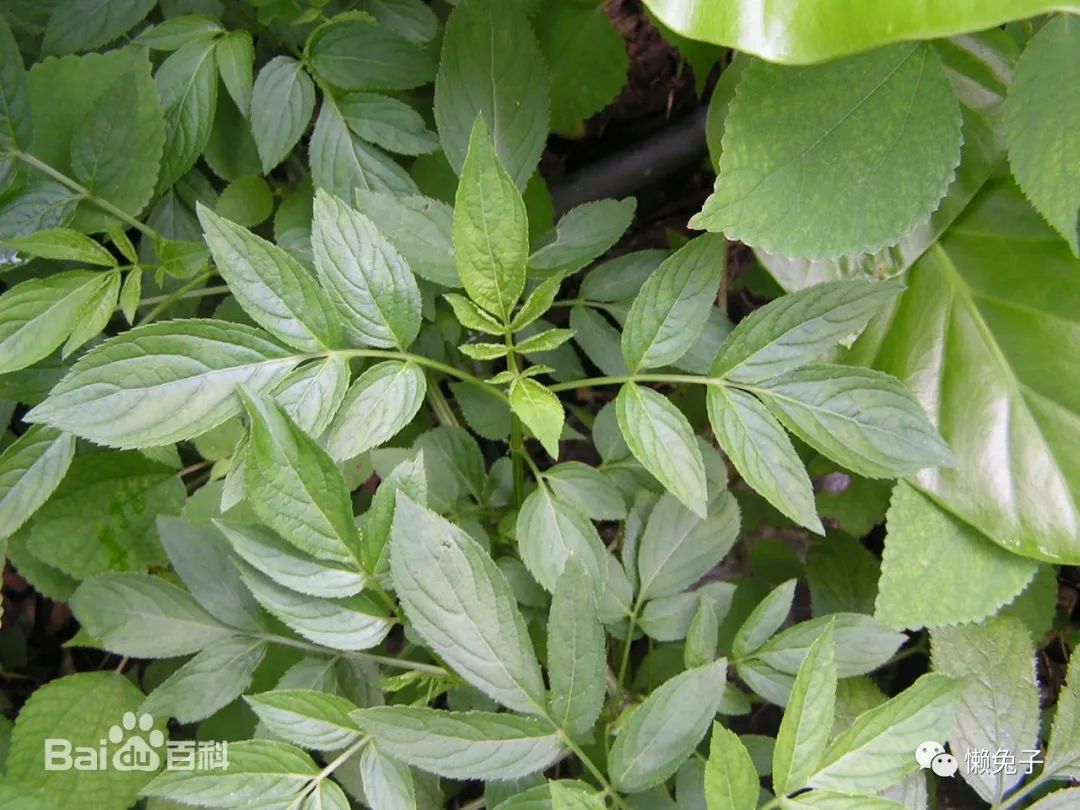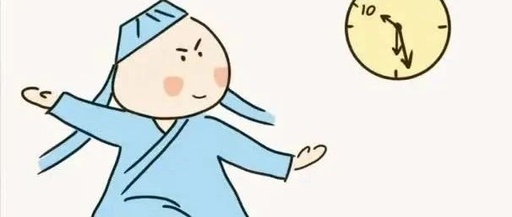(Disclaimer: All case studies are submitted by readers via email. The submitters are responsible for the legal rights of the content to avoid copyright disputes. Thank you for your understanding and cooperation.)
Hello, Rabbit!
I have always been interested in Traditional Chinese Medicine (TCM) and have successfully treated coughs and colds using formulas from your book. Today, I would like to share a case study in hopes of helping more people.
My grandmother has suffered from knee pain for many years, which she diagnosed as rheumatism. When she turned 65 in 2015, I wanted to take her to the hospital for a detailed examination to see what was wrong with her leg, and then return home to treat it with TCM methods.
We went to a top-tier hospital in the city for an orthopedic consultation, where the doctor initially diagnosed her with arthritis and ordered an MRI. The results confirmed a severe tear of the right knee meniscus.
The doctor recommended that my grandmother be hospitalized for arthroscopic surgery.
We then took the results to a provincial top-tier hospital and consulted with an expert, who gave the same recommendation: surgery was necessary.
The meniscus can be simply understood as the soft tissue between the joints. If the tear is not severe, it is usually repaired; if it is severe, part of the meniscus is removed. My grandmother’s case fell into the latter category.
Meniscus tears often occur in athletes due to acute injuries during sports. My grandmother’s tear was likely caused by years of hard labor in the countryside, carrying heavy loads.
We were hospitalized for four days at the city hospital, receiving anti-inflammatory injections. However, the day before the scheduled surgery, my grandmother and I decided to discharge her, feeling that such a drastic approach was not the right treatment.
My grandmother had heard of a folk remedy for knee pain, which involved crushing the root of Ba Ling Ma (八棱麻), mixing it with white wine and wheat bran, and binding it to the knee. After a few applications, the pain would significantly alleviate.
So we followed this method and treated her several times. As a result, now at 72 years old, my grandmother has not experienced a recurrence or worsening of her condition.
I later researched and found that this herb is recorded in many medical texts: it is pungent, bitter, and neutral, capable of dispelling wind, invigorating blood circulation, and alleviating pain. It is indicated for rheumatic pain and traumatic injuries.
Who would have thought that a simple rural remedy could treat such an expensive ailment?

This remedy is truly remarkable; meniscus issues are quite common, and with this simple formula, patients can save so much trouble.
The herb mentioned in the article, Jie Gu Cao (接骨草), indicates its purpose just by its name.
Jie Gu Cao is bitter and neutral. It has the effects of promoting blood circulation and generating new tissue, relaxing tendons and activating collaterals. When soaked in wine, it can strengthen bones and treat rheumatic bone pain. The leaves can be used for trauma and bone setting.
Doesn’t it seem familiar?

In this case, the author states that the remedy involves using the root of Jie Gu Cao (which should be fresh), crushing it, and combining it with white wine and wheat bran. The reason for using white wine is that its properties are pungent and dispersive, which can invigorate blood circulation and help the herb’s efficacy. Wheat bran is often used to treat trauma and blood stasis. Therefore, the combination of these three ingredients primarily serves to invigorate blood circulation, dispel stasis, reduce swelling, alleviate pain, and relax tendons and collaterals. In TCM, there is no concept of the meniscus, nor can one see whether this so-called meniscus is torn. TCM mainly observes external symptoms; as long as they align with swelling, pain, limited movement, and blood stasis, treatment can be applied. This simple formula is indeed excellent and worth considering. If fresh Jie Gu Cao is not available, dried products can also be crushed and mixed with white wine for application. Overall, this formula is low-cost, simple, and convenient, making it worth trying for friends with knee pain.Thanks again to the author for sharing, and I look forward to receiving more case studies from you. Please submit to [email protected] (this email is only for case submissions, no consultations, thank you for your understanding). Selected submissions will receive a signed copy of “Yi Dian Jiu Tong” or a custom tote bag from Rabbit (choose one). We are waiting for you.
Come and see our clumsy friends at the company
Let’s follow along with the Ba Duan Jin video
Remember every weekday at 10:30
Come and watch the reality show


